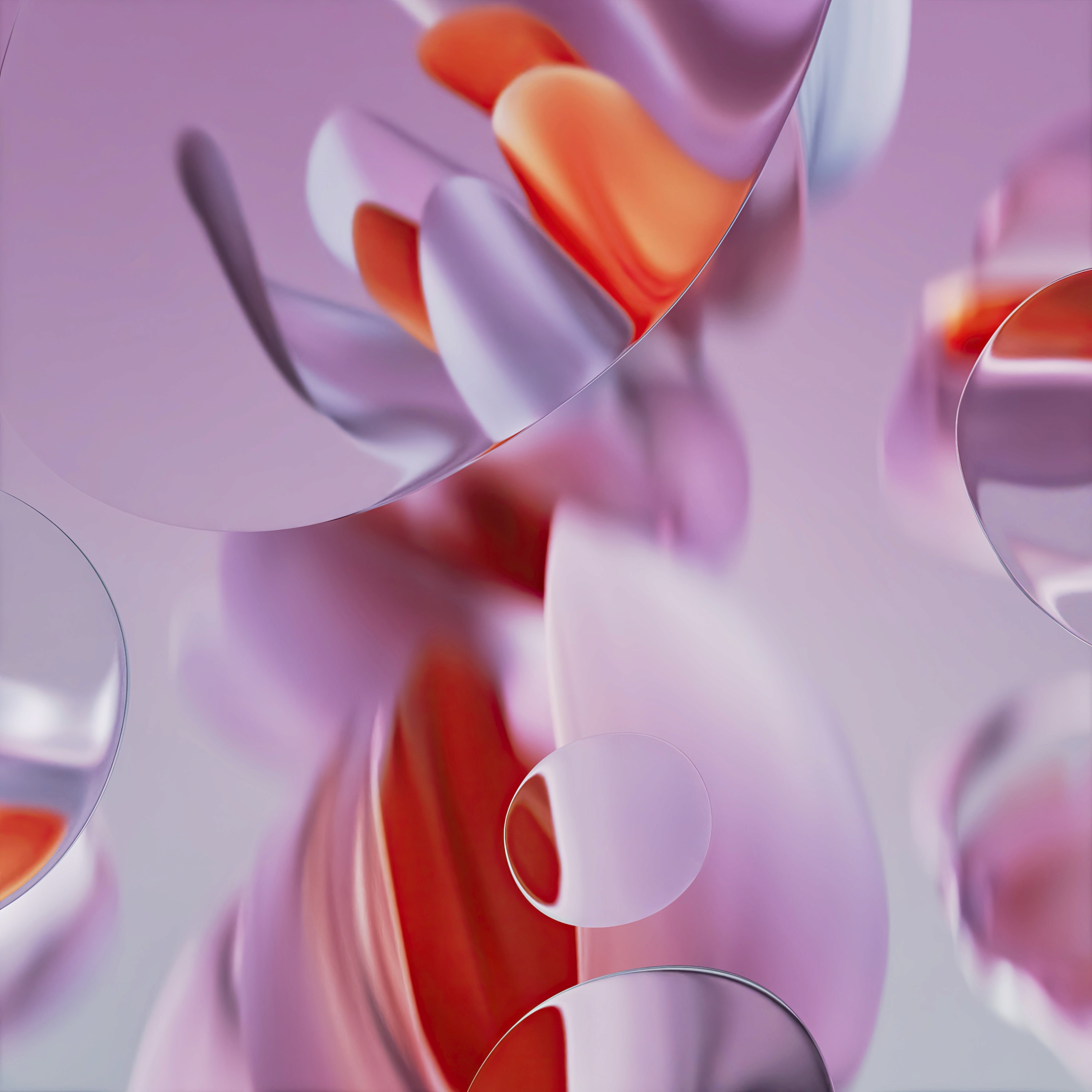Wednesday, March 16, 2022

Color is a powerful tool in the hands of a designer. It has the ability to evoke emotions, convey messages, and influence perceptions. Understanding color theory is essential for creating visually appealing and effective designs that resonate with your audience. In this blog post, we'll explore the significance of color theory in design and how it can be applied to enhance the impact of your work.
Understanding Color Psychology
Emotional Responses to Color
Color has a profound effect on our emotions and behavior. Different colors evoke different feelings and associations. For example, warm colors like red and orange are often associated with energy, passion, and excitement, while cool colors like blue and green are associated with calmness, tranquility, and nature. By understanding the psychological effects of color, designers can use color strategically to elicit specific emotional responses from their audience.
Cultural and Contextual Influences
It's important to consider cultural and contextual factors when choosing colors for your designs. Certain colors may have different meanings and associations in different cultures. For example, while white is often associated with purity and simplicity in Western cultures, it may symbolize mourning or death in some Eastern cultures. Similarly, colors can carry different meanings in different contexts—for instance, red can signify danger or warning in one context and passion or celebration in another.
Applying Color Theory in Design
Creating Visual Hierarchy
Color plays a crucial role in establishing visual hierarchy within a design. By using color contrast, designers can draw attention to certain elements and guide the viewer's eye through the layout. Bold, contrasting colors can be used to highlight important information or calls to action, while softer, muted colors can be used for background elements or secondary content. Effective use of color can help create balance, emphasis, and flow within a design.
Establishing Brand Identity
Color is an integral part of brand identity and can help distinguish a brand from its competitors. Consistent use of color across branding materials—such as logos, packaging, and marketing collateral—helps reinforce brand recognition and loyalty. The choice of colors should align with the brand's personality, values, and target audience. For example, a youthful and energetic brand might use vibrant, playful colors, while a luxury brand might opt for sophisticated, understated tones.
Improving Readability and Accessibility
Color also plays a crucial role in improving readability and accessibility in design. High contrast between text and background colors enhances readability, especially for individuals with visual impairments. Designers should consider color contrast ratios and choose color combinations that meet accessibility standards, such as those outlined in the Web Content Accessibility Guidelines (WCAG). Additionally, color-blind-friendly palettes can ensure that designs are accessible to a wider audience.
Tips for Effective Color Use
Start with a Mood Board: Collect images, colors, and textures that evoke the desired mood or aesthetic for your design project.
Use Color Harmonies: Experiment with color harmonies such as complementary, analogous, or triadic schemes to create visually pleasing combinations.
Consider Color Temperature: Warm colors advance and cool colors recede. Use this principle to create depth and dimension in your designs.
Test for Accessibility: Use online tools or browser extensions to check color contrast ratios and ensure that your designs meet accessibility standards.
Stay Consistent: Establish a color palette and stick to it across all design assets to maintain brand consistency and cohesion.
Conclusion
Color theory is a fundamental aspect of effective design. By understanding the psychological effects of color, applying color theory principles, and considering factors such as cultural context and accessibility, designers can create designs that are visually compelling, emotionally resonant, and impactful. Whether you're designing a website, a logo, or a marketing campaign, thoughtful use of color can elevate your work and leave a lasting impression on your audience.























